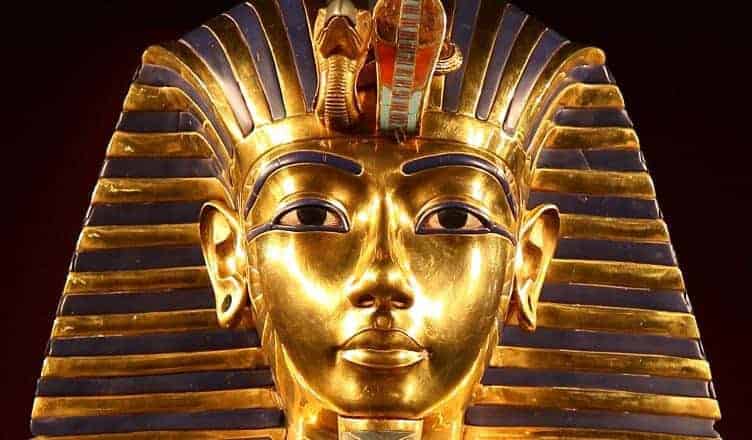Over the course of thousands of years, hundreds of men and women benefitted from the title ‘Pharaoh of Egypt’. In ancient Egypt, the Pharaoh was an influential political and religious leader who was seen as a ‘god-king.’ Other titles held by these individuals included ‘Lord of the Two Lands’ and ‘High Priest of Every Temple.’ As well as owning all the land in Egypt, they were responsible for creating and enforcing the laws of the country.
The term ‘Pharaoh’ became the form of address for a king during the reign of Thutmose III in the 15th century BC although it wasn’t widely used for a few more centuries. The first ruler of Egypt was probably Menes in the 32nd or 31st century BC. He united Upper and Lower Egypt and made Memphis the capital. Cleopatra VII was the last Queen of Egypt and her death in 30 BC marked the beginning of the Roman Province of Egypt.
In this article, I look at seven of the greatest rulers of Egypt; some were great leaders, some were legendary builders and some, like Ahmose I, were both!

1 – Sneferu (2613-2589? BC)
As one might expect with a ruler that reigned over 4,500 years ago, the exact details of Sneferu’s reign are patchy. The Oxford History of Ancient Egypt says he was Pharaoh for 24 years but other historians believe he ruled for a lot longer; up to 48 years according to Stadelmann. Certainly, the 24-year reign outlined in the Turin Canon is likely to be short although experts can’t agree on the dates or duration of his reign. Most of them agree that he founded the Fourth Dynasty of Egypt and his reign was the start of the Old Kingdom period. While most kings claimed the throne as their birthright, Sneferu became a monarch through marriage.
He is probably best known for the three pyramids built during his reign. The Meidum pyramid was his first attempt, but it was far from being a success. It was originally a seven-stepped pyramid but the steps were filled in to form a ‘true’ pyramid. However, the casing soon collapsed. The Bent pyramid was almost a disaster too as the sides were too steep. However, it was quickly made more stable. The Red pyramid was his final attempt and the most successful. Indeed, historians believe the Pharaoh was buried in it. Both the Bent and Red pyramids still stand today.
Historical records suggest Sneferu was an excellent military commander and he led a number of apparently successful campaigns against the Nubians and Libyans. The campaigns against Nubia, in particular, were lucrative as Egypt was able to take important construction raw materials that helped build various structures. Sneferu probably believed it was important to fight against Nubia to protect the nation’s southern borders. An inscription on the Palermo Stone suggests that the Pharaoh captured thousands of people from other countries and used them to increase the size of his labor force.
Sneferu ensured the power of the royal family remained intact and the majority of his appointed officials were also members of his ruling family. This enabled him to keep a tight grip on administrative affairs. When he died, he was succeeded by his son Khufu.

